The world we inhabit is a tapestry of colors, each one holding its unique essence and allure. As humans, we are intrinsically drawn to colors, and their impact on our emotions, perceptions, and thoughts cannot be overstated. While colorful backgrounds have long been an integral part of art, design, and even everyday life, their influence has gained immense significance in the digital age. This exclusive essay aims to delve into the significance and multifaceted nature of colorful backgrounds, exploring their role in communication, psychology, aesthetics, and the digital realm.

color photos:
Colors possess the remarkable ability to evoke emotions within us. Red ignites passion, blue exudes tranquility, yellow sparks happiness, and green evokes a sense of nature and renewal. The choice of a background color can significantly impact the overall emotional tone of an image, website, or any visual medium. We’ll explore how artists, designers, and advertisers utilize this emotional palette to convey messages and establish connections with their audiences.
In the realm of aesthetics, the use of colorful backgrounds is an art form in itself. Understanding color harmony, contrast, and balance is essential for creating visually appealing compositions. We’ll delve into the principles of color theory and how they influence our perception of art, design, and the world around us. Furthermore, we’ll explore how various cultures interpret colors differently, leading to diverse connotations and symbolisms.

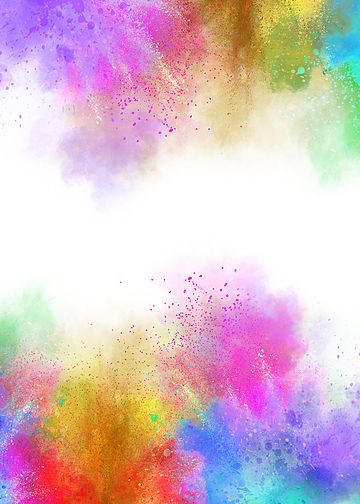
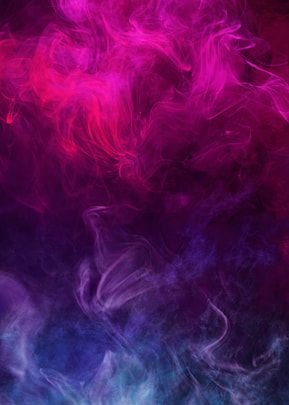

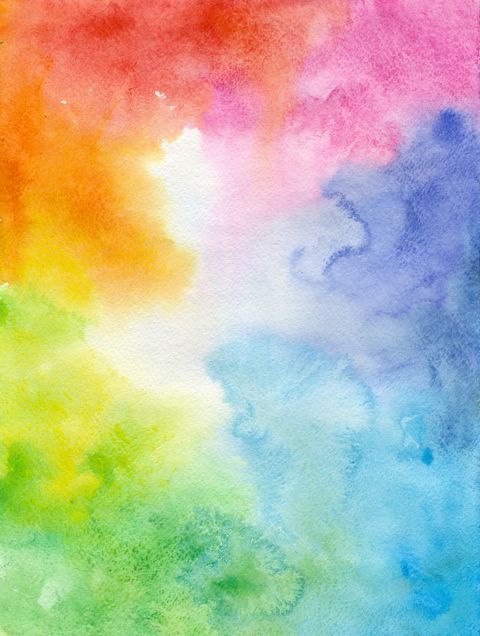
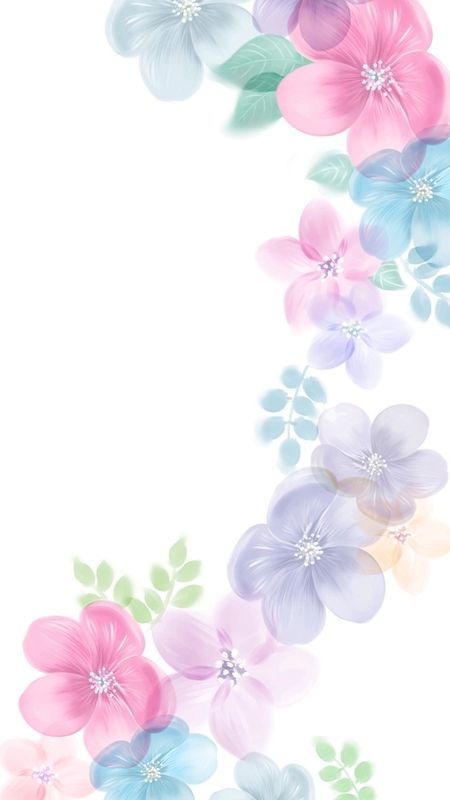



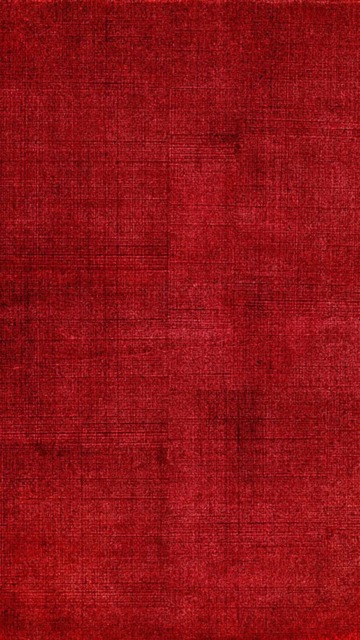
Backgrounds for design:
Colors have a profound psychological impact on individuals, influencing their behavior, decision-making, and overall mood. This section will discuss the concept of color psychology and its applications in marketing, branding, and interior design. From calming blues in healthcare environments to stimulating reds in fast-food restaurants, we’ll analyze how businesses leverage colorful backgrounds to elicit specific responses from their target audiences.
In the digital age, where screens dominate our lives, colorful backgrounds play a pivotal role in shaping our online experiences. We’ll explore the significance of color schemes in web design and user interfaces, focusing on readability, accessibility, and visual appeal. Additionally, we’ll examine how social media platforms and apps utilize colorful backgrounds to create addictive and engaging user experiences.
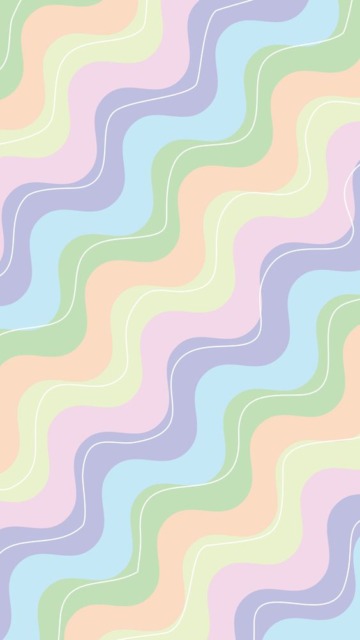




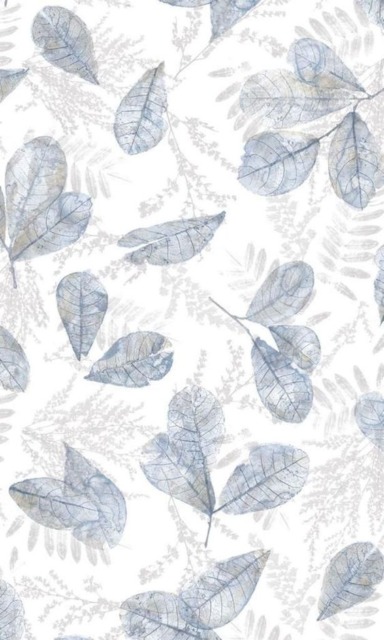
writing wallpapers:
Colors are deeply embedded in cultural traditions and beliefs. The use of colorful backgrounds in art, rituals, and celebrations varies across different societies and historical periods. This section will investigate how colorful backgrounds are utilized in cultural contexts, from ancient civilizations to modern multicultural societies, reflecting values, traditions, and identity.
In the realm of contemporary art, artists experiment with colorful backgrounds to challenge conventional norms and express their individuality. We’ll explore the works of prominent artists who have used colors to convey powerful messages and emotions, breaking boundaries and inspiring change in society.

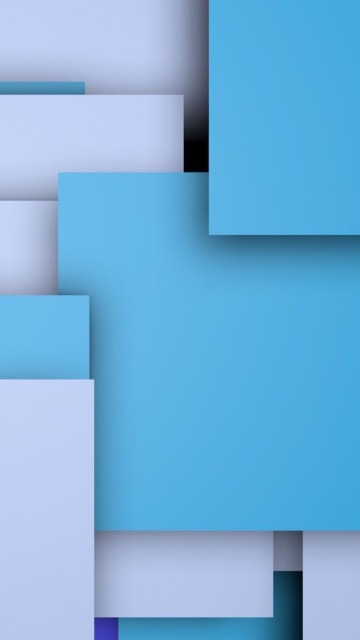
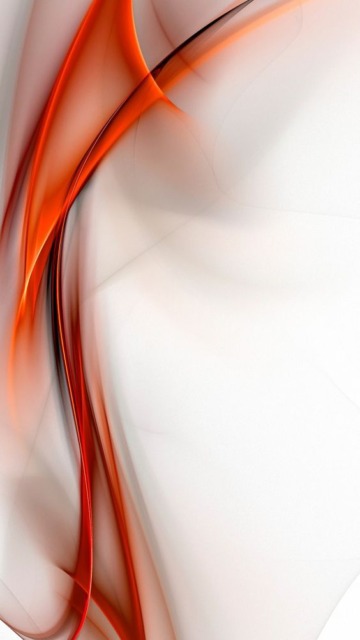
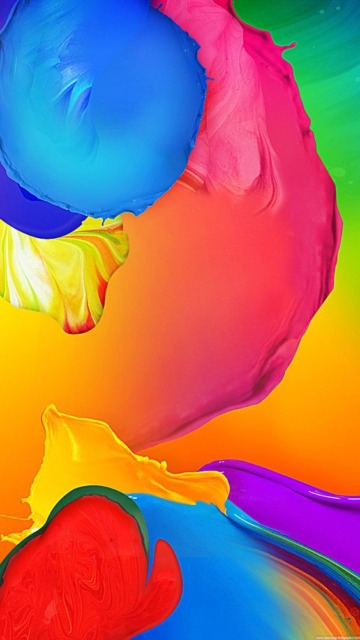
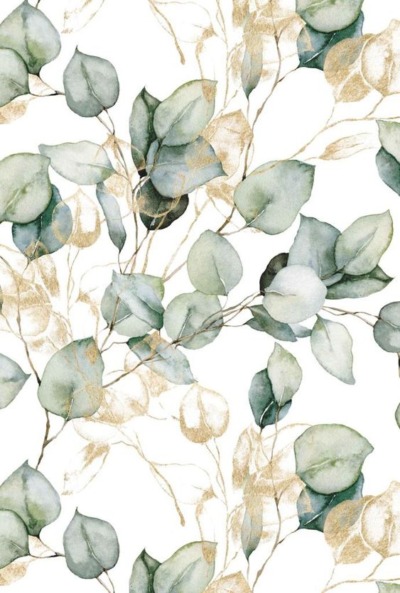

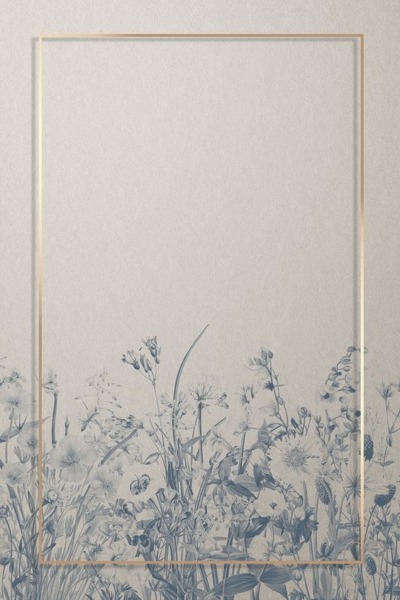
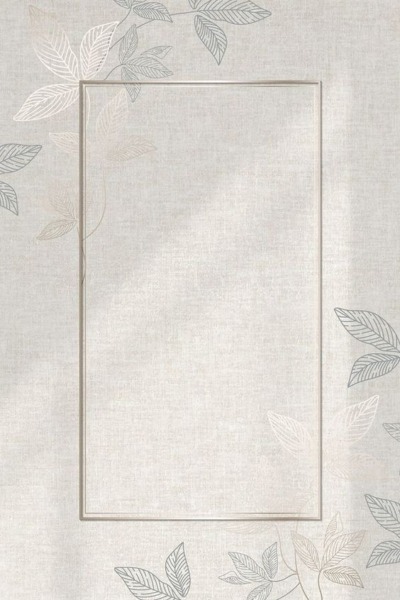

colorful shapes:
In conclusion, colorful backgrounds are not mere visual elements but powerful tools that influence our emotions, perceptions, and interactions. From the artistic expressions of the past to the digital landscape of today, colors have been instrumental in shaping human experiences. Whether it is in art, design, culture, or technology, understanding the significance of colorful backgrounds empowers us to use them effectively and meaningfully in our communication with the world. By embracing the kaleidoscope of colors at our disposal, we can enhance our creativity, foster connections, and enrich our lives.
